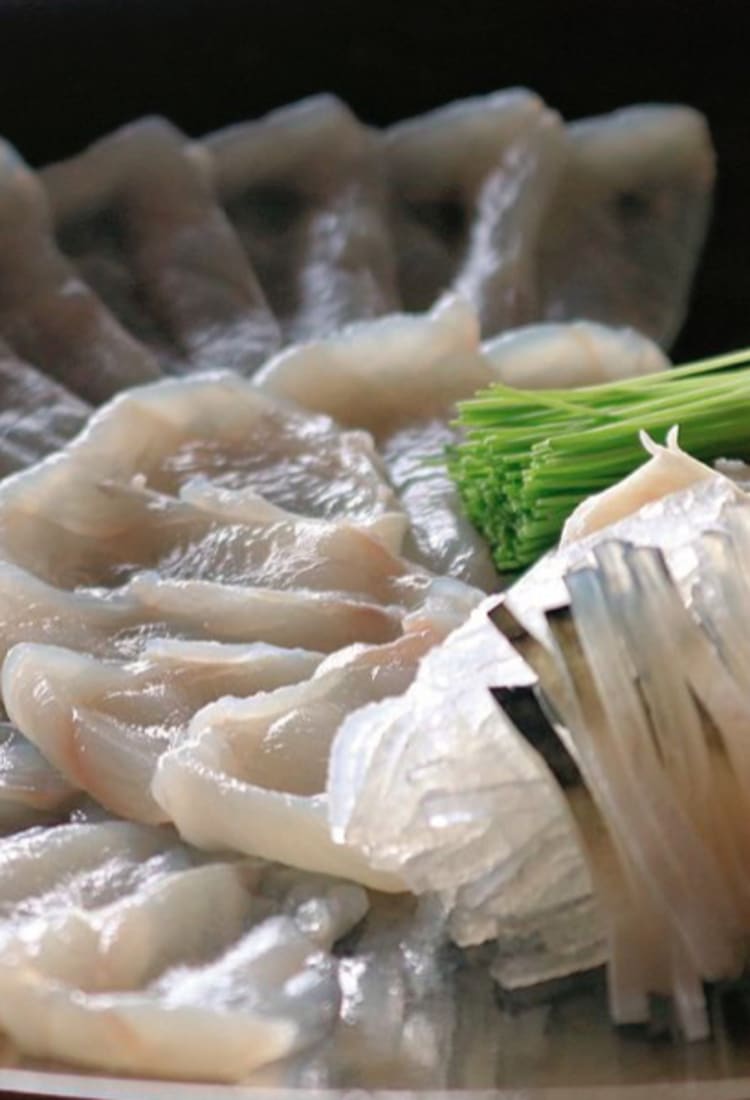
Visit Awaji Island and take a gourmet journey into a food wonderland
Visit Awaji Island and take a gourmet journey into a food wonderland
Awaji has always been a haven for outstanding cuisine
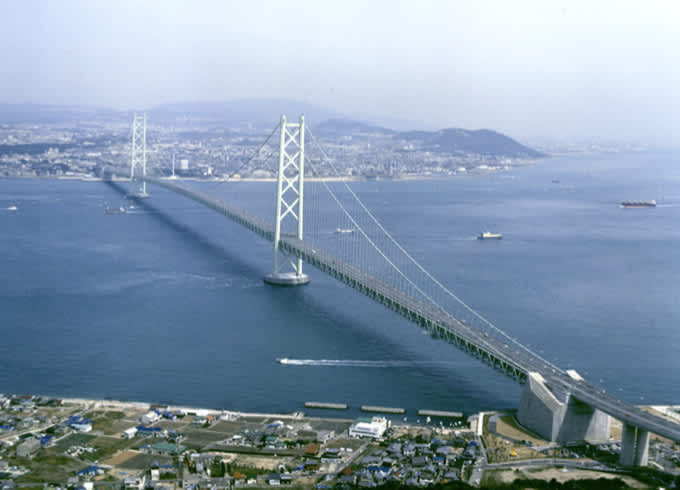
One of the nicknames given to Awaji Island is miketsukuni… meaning the land of royal provisions. Since ancient times, the imperial court would designate certain regions as worthy of providing a variety of food items for the emperor’s consumption. In short, the food of Awaji Island was officially deemed fit for a king.
The exquisite, satisfying food here spans nearly every category–including livestock, seafood, and vegetables. Many locally produced items, including beef, blowfish, and onions, have been trademarked and branded with the Awaji name. A trip to Awaji Island is a gourmet journey that puts you in contact with delicious fare at every turn.
A car is the best way to get overland access to Awaji. You can either take the Akashi Kaikyo Bridge from Osaka and come in from the north, or take the Onaruto Bridge from Shikoku and come in from the south. A highway runs down the island as well, so you can travel from the north to the south end in about 40 minutes. There are plenty of other roads as well (national, prefectural, and coastal), making it possible to tour everything in about half a day.
In this issue, we’ll focus on the northern area, where your culinary journey begins.
Foodie hotspots in northern Awaji: Get your fill of Awaji brand meat and fish
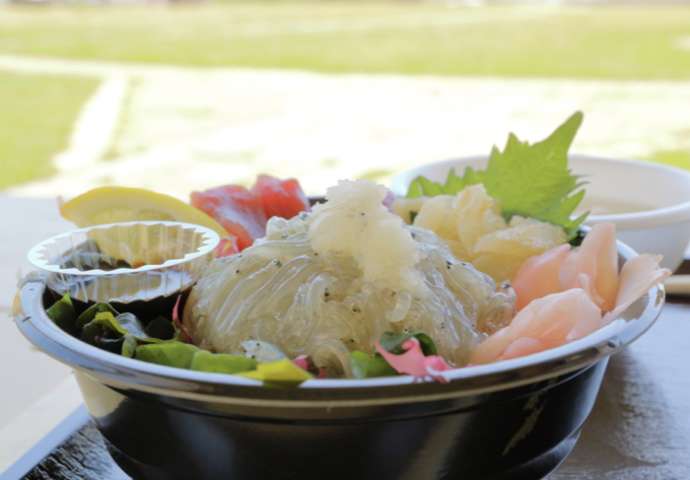
If you use the Akashi Kaikyo Bridge to come onto the island from Osaka, you should first head to the Iwaya/Higashiura area, which is considered the northern gateway to Awaji. Here you can enjoy fresh whitebait pulled right out of Iwaya Bay–in season between late April and late June.
Whitebait is known for spoiling quickly once it’s out of the water, so it’s normally either boiled or dried in the sun to give it a longer shelf life. In Awaji, however, they flash-freeze it right out of the water, which allows it to maintain its freshness. Raw whitebait is transparent enough that you can see right through it, and has a delightfully plump, springy texture. Many of the eateries around the island serve it as part of their seafood rice bowls.
Along the northeast coastal area near Iwaya Bay is Akashi Kaikyo National Government Park (English available), which covers a huge 400,000-square-meter area. It’s famous for its carpets of beautiful flowers, offering delightful views in each of the changing seasons.
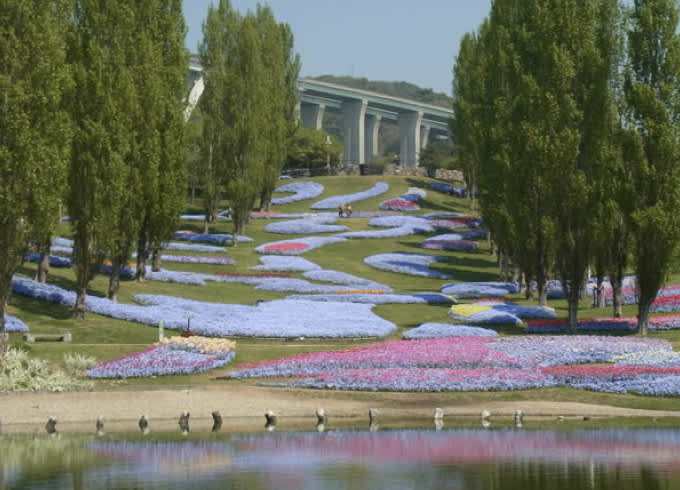
Adjacent to the park is the Awaji Yumebutai complex (English available). The grand design of the facility was headed by world-class architect Tadao Ando. It’s a wonderful place to sightsee with its artistic integration of nature and architecture. The Hyakudan-en Garden, or one hundred terraced flowerbeds, are particularly stunning.
Inside the complex, there is a seafood restaurant offering fresh seasonal fare and a beef restaurant offering locally-raised steak and hamburger options. Awaji-brand beef is one of the island’s signature gourmet offerings, and it is available to enjoy year-round. In fact, world-famous Japanese beef brands like Matsusaka Beef and Kobe Beef are all said to have originated from the same breed of black wagyu cattle–Tajima Beef. Awaji Island has long been an area where Tajima cattle are raised, and the area still produces incredibly tender, high-quality beef that strikes the perfect balance between marbling and lean meat. And only the finest cuts meeting incredibly strict standards are worthy of bearing the Awaji Beef brand name.
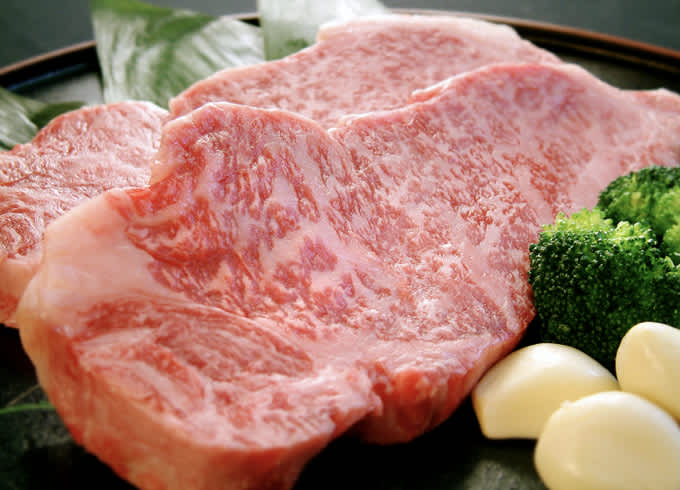
The Awaji Yumebutai complex also has a souvenir shop where you can pick up popular gourmet food items (such as dressings or soup mixes made with Awaji onions, which are twice as sweet as regular onions) that are easy to take home.
If you’re looking to enjoy gourmet cuisine prepared by chefs who know everything there is to know about Awaji food, head out to the Michelin-starred Kokochiyo (English available) . Built inside an old Japanese house, the restaurant serves full-course meals that feature sea eel in the summer and blowfish in the winter.
The blowfish served at Kokochiyo is an Awaji-brand fish known as Awaji-shima San-nen Torafugu (three-year tiger blowfish). It’s in season from November through February. Most fish raised in Japan are given two years to mature, but the extra year taken to raise the San-nen Torafugu gives the blowfish a firmer consistency and richer flavor. It is also served in a wide variety of ways, so explore the options and discover your favorite. There’s sashimi, fish stew, rice porridge, fried blowfish, grilled shirako, and more.
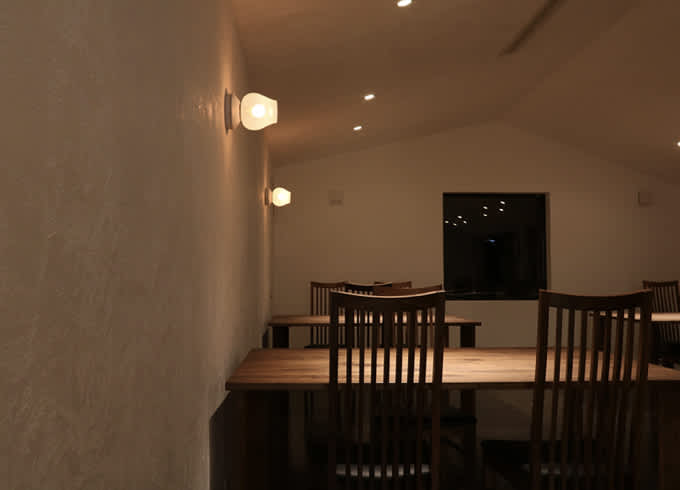
Enhance your gourmet journey by experiencing the gorgeous scenery and enchanting myths of Awaji Island
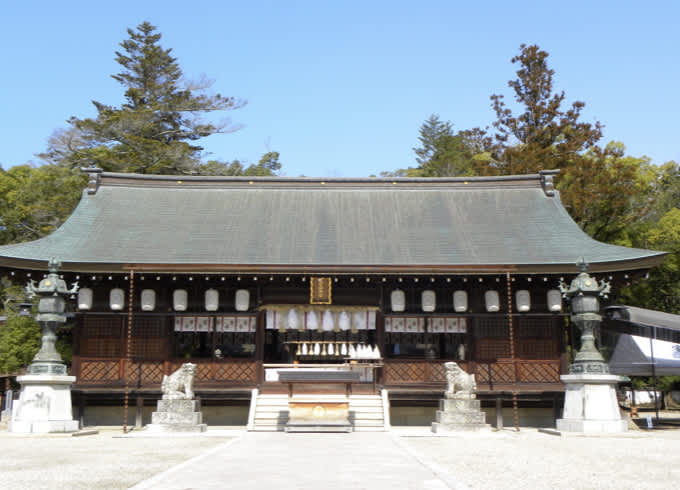
Awaji Island also offers plenty of sightseeing options to explore between delicious meals. We’ll start by looking at places connected to Awaji’s distinctive origination story of Japan–the Kuniumi myth.
The Kuniumi myth tells the story of two gods, Izanagi and Izanami, who long ago were charged with creating the islands of the Japanese archipelago. The legend says that Awaji Island was the first one they created.
Izanagi Jingu is a shrine that is said to have been built on the site where the god Izanagi lived out the rest of his days after creating the country. On the shrine grounds is a giant camphor tree more than 900 years old. It was originally two trees that ended up growing together, and is worshipped as the dwelling place of the spirit of the two gods that together created Japan.
Awaji Island offers a wealth of luxurious accommodations to choose from, allowing you to more fully experience the area’s beautiful scenery and hot springs in addition to the gourmet food at the center of your journey.
Grand Nikko Awaji (English available)is located within the Awaji Yumebutai complex on the northeastern part of the island. Also designed by Tadao Ando, it has a distinctive exterior that looks like a sailing ship. Some of the guestrooms, which have been designed to capture the essence of Awaji’s natural beauty, look out onto the ocean or offer views of the flower gardens in Akashi Kaikyo National Government Park.
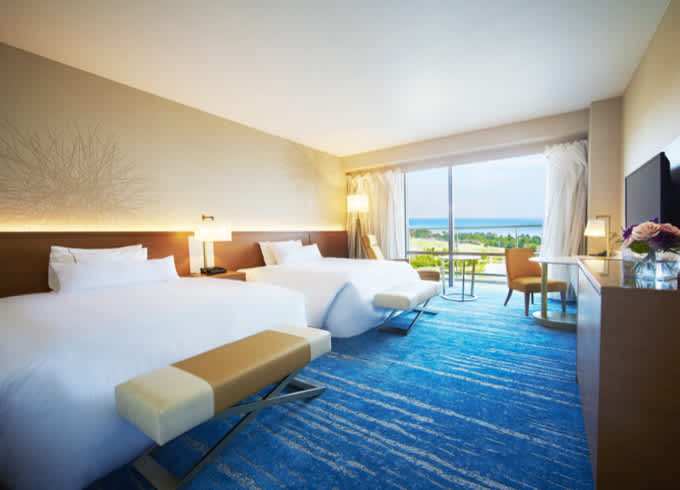
If you are heading to southern Awaji, there are a wide variety of accommodations offering views of the Naruto Channel that separates the island from neighboring Shikoku. The Hotel New Awaji Plaza Awajishima (English available) boasts a scenic hot spring bath that overlooks the Naruto Channel. The natural hot spring water comes from an on-site source, and is recognized as having healing properties due to its ability to infuse the body with lasting heat and moisture.
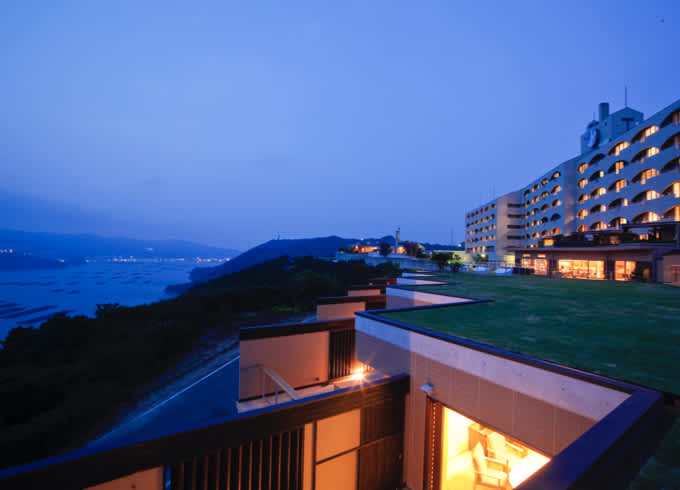
While you’re visiting the south part of the island, make sure you get around to all of the gourmet options in this area as well. Fukura Bay offers an abundance of fresh-caught seafood options. The Uzushio Morning Market is also held here on the fourth Sunday of every month. There are limited-quantity, seasonal delights to enjoy at every time of year, and the south is known for its delicious, yet rustic fare.
Head to the scenic restaurant Uzunooka if you want to take in some gorgeous Awaji Island sights as you enjoy a fantastic meal. Gaze out on the Naruto Channel as you dine, delighting in the culinary treasures of Awaji–including famous delicacies like fresh sea urchin cooked shabu-shabu style.
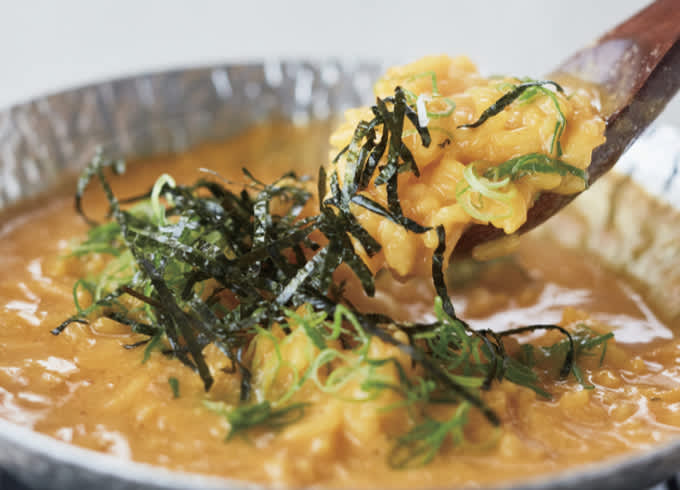
Awaji Island Tourism Guide / Awaji Navigator




















































